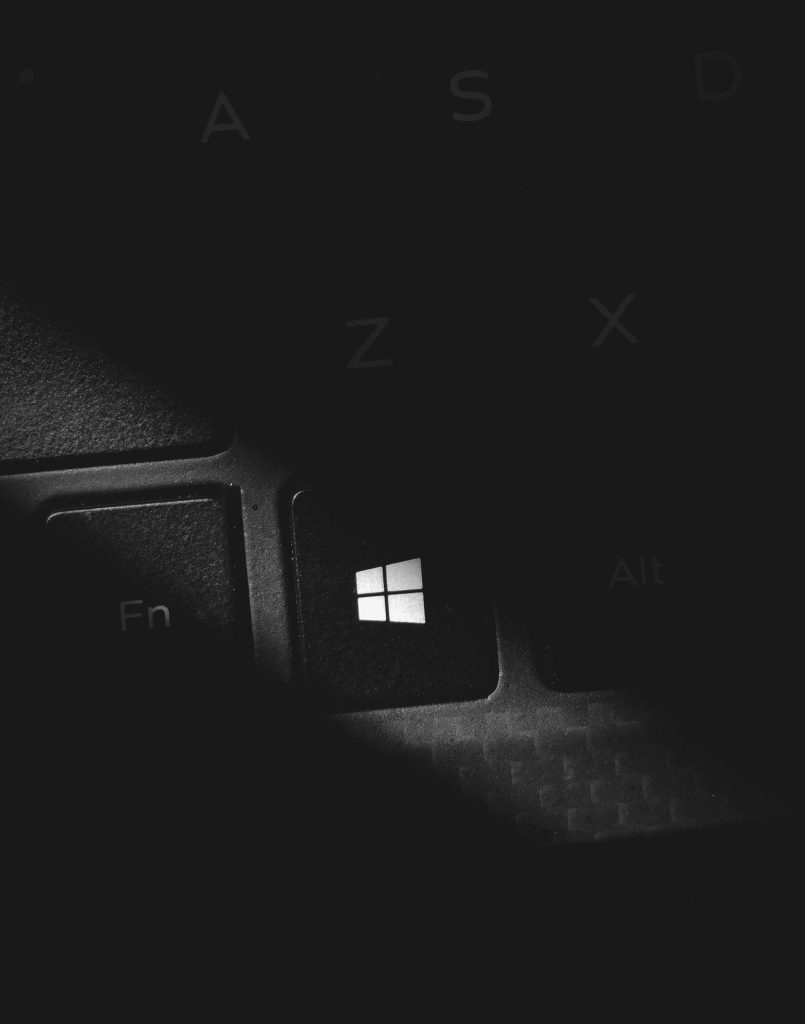Troubleshooting the AMD Radeon RX 6400: A Guide for New Users
If you’ve recently purchased an AMD Radeon RX 6400 graphics card with the hope of enhancing your gaming experience, you may be facing some frustrating challenges. It’s common for users, especially those who aren’t very tech-savvy, to encounter difficulties when upgrading their systems. Today, we will explore why your Radeon RX 6400 might not be functioning as expected in your Dell OptiPlex 5050 SFF and suggest some troubleshooting steps.
Understanding the Compatibility Issues
First and foremost, it’s important to ensure that your PC is compatible with the new graphics card. The Dell OptiPlex 5050 SFF is designed to support various hardware configurations, but there are certain prerequisites when installing a new GPU.
Common Problems with Setup
-
Card Recognition: Upon installing the graphics card, your system should automatically detect it. If your monitor remains blank and fails to recognize the card, this could indicate an issue with either the installation or compatibility.
-
HCIM Issues: You mentioned moving the HDMI cable to the graphics card slot. If your monitor still remains black, ensure that you’re using the correct input source on your ViewSonic monitor. Sometimes, monitors default to a different input, which can lead to confusion.
-
Integrated Graphics: Disabling Intel HD graphics is a necessary step when trying to utilize a dedicated graphics card, but it’s worth double-checking the BIOS settings to make sure that the GPU is set as the primary display output.
-
BIOS Reset: While resetting the BIOS can often resolve hardware detection issues, it may also revert some custom settings. After resetting, it’s advisable to verify if any changes might impact the new GPU’s functionality.
Steps to Resolve the Issue
To further assist in diagnosing the problem, consider the following steps:
-
Double-Check Installation: Ensure that the graphics card is properly seated in its slot and that any required power connectors are attached.
-
Inspect the Power Supply: Confirm that your power supply unit (PSU) has adequate wattage to support the RX 6400. Insufficient power can prevent the card from functioning correctly.
-
Update Drivers: If your system recognizes the card but isn’t performing well, ensure that you have the latest drivers installed from the AMD website to maximize compatibility and performance.
-
Test on Another System: If possible,
Share this content:




Hi there,
It sounds like you’re experiencing some common issues with your AMD Radeon RX 6400 installation. Here are some additional troubleshooting tips that might help resolve the problem: